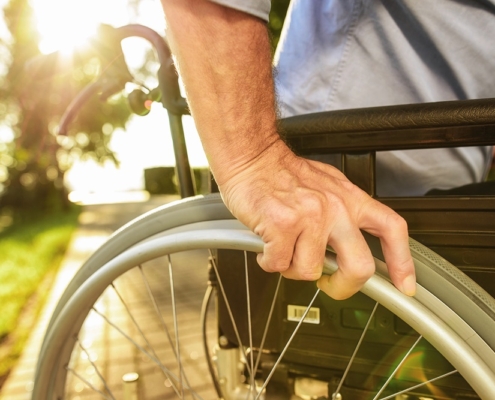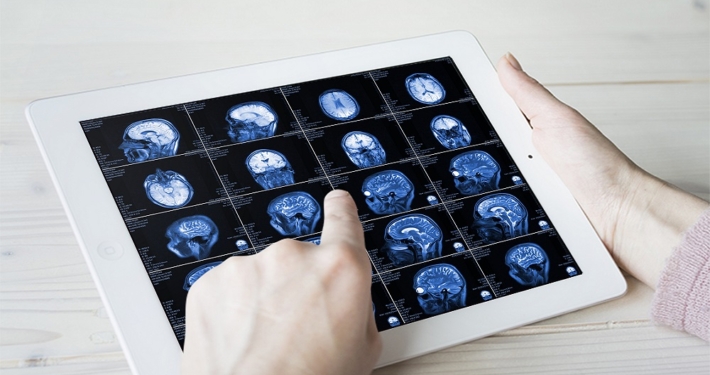There are connection paths between nerve cells in the brain and thanks to these paths, all cells communicate and chat with each other. When new information enters the brain or the brain is exposed to an environmental threat, neighboring nerve cells communicate with each other, produce solutions and manage the process together. We call this situation, which helps us adapt to all external events, brain flexibility. The words brain flexibility and neuroplasticity are composed of the words neuron; nerve cell and plasticity; malleable. Brain flexibility is not only when injuries heal, but also reacts to all environmental factors in the outside world and undergoes changes.
You can increase neuroplasticity and format your brain by opening yourself to new experiences. You should make a conscious effort to format your brain, if you add passion and enthusiasm to this, it will be great. Never underestimate your brain. With neuroplasticity, the brain can turn into an incredibly adaptable and regenerative organ. Stop complaining that I have forgetfulness and my memory is not as strong as it used to be and format your brain with neuroplasticity.
What are the Principles of Brain Flexibility?
1. “Use or Lose”
Neural connections that are not actively continuing the task are deactivated in order not to take up space. Therefore, repetition is important to achieve success in the task given to the brain. For example, if you are eager to learn a new language and do not repeat what you have learned frequently, you will forget it after a while.
2. “Use and Improve”
Continuous triggering of a specific brain function allows that function to develop further. If a stroke patient who cannot use one side of his body tries to move the arm or leg on the side he cannot use as much as possible, the area of the brain that controls this will develop faster.
3. “Repetition is Important”
A sufficient level of repetition is necessary to ensure flexibility. One of the difficulties that therapists face in the rehabilitation environment is often not being able to clearly determine how much time is needed for the patient to acquire certain skills. For example, in a case where a patient has to learn to walk again, it is important for him to try to walk not only when he sees the physiotherapist, but also at other times in order to achieve this.
4. “Intensity is Important”
Creating flexibility requires intensive therapy. This is also related to the concept of repetition. If we return to the example of a stroke patient who cannot use one side of his body, questions such as “What is the appropriate dose of therapy? How many sessions would be sufficient? How long should these sessions last?” are frequently encountered. The more intensive the therapy, the faster the increase in brain functions and therefore physical and cognitive abilities.
5. “Time is Important”
After an injury, the brain wants to heal as quickly as possible, if it is delayed and the treatment period is extended, more time must be spent to create change. In other words, the earlier you intervene in an affected brain, the greater your chance of success.
6. “Awareness is Important”
In creating flexibility, it is important for the patient to know how and why they should do the exercises. Because the patients’ awareness of their condition and exercises also affects the recovery process. The therapist needs to know what is important to the patient. Emotions definitely have the potential to increase the power of therapy, for example, when the patient is aware of their condition and wants to participate in their exercises, it makes the brain want to heal more, and keeps the changes in the memory more permanent.
7. “Age Matters”
Stimulating flexibility is easier in young brains. Younger brains can adapt to changes much more easily than older brains.
So, what should we do?
1. Take a brisk walk outdoors at least 3 days a week and for at least 30 minutes.
The most important method for increasing brain flexibility is physical activity. It is known that exercise increases ‘neurotrophic factors’ that contribute to brain development and stimulates angiogenesis, which allows the formation of new blood vessels.
2. Be mentally active. Watch the news, solve puzzles, learn new things, such as a new language. Mental exercise increases ‘Brain-Derived Neurotrophic Factor’, which is important for the brain, and synaptogenesis, which establishes connections between nerve cells.
3. Stress is a factor that reduces flexibility, stay away from stress. Try to take as much responsibility as you can. Stress negatively affects our memory skills.
When you feel really stressed, you can easily forget where you put your keys or other daily things. Stress hormones being high for a certain period of time can reduce the connection between nerve cells and make it difficult to create new information.
4. Maintain your social relationships and activities. Reading books, taking up hobbies, continuing to do your routine work, going to places where you are invited to socialize by going to meetings with friends and relatives will increase synaptogenesis, which establishes new connections in the brain.
5. Eat well. Neuroplasticity can be developed with a balanced diet rich in content and containing every nutrient. We should care about our nutrition at every stage of life and not forget that our diet content is the most important key to a long and healthy life.
 https://drturanpoyraz.com/en/wp-content/uploads/2023/07/kafatravmasi.jpg
666
1000
drturan_pyrzawp
https://localveri.net/drturanpoyraz/wp-content/uploads/2024/07/logo2.png
drturan_pyrzawp2023-07-18 17:33:472024-08-01 16:32:02HEAD TRAUMA AND BRAIN INJURY
https://drturanpoyraz.com/en/wp-content/uploads/2023/07/kafatravmasi.jpg
666
1000
drturan_pyrzawp
https://localveri.net/drturanpoyraz/wp-content/uploads/2024/07/logo2.png
drturan_pyrzawp2023-07-18 17:33:472024-08-01 16:32:02HEAD TRAUMA AND BRAIN INJURY






